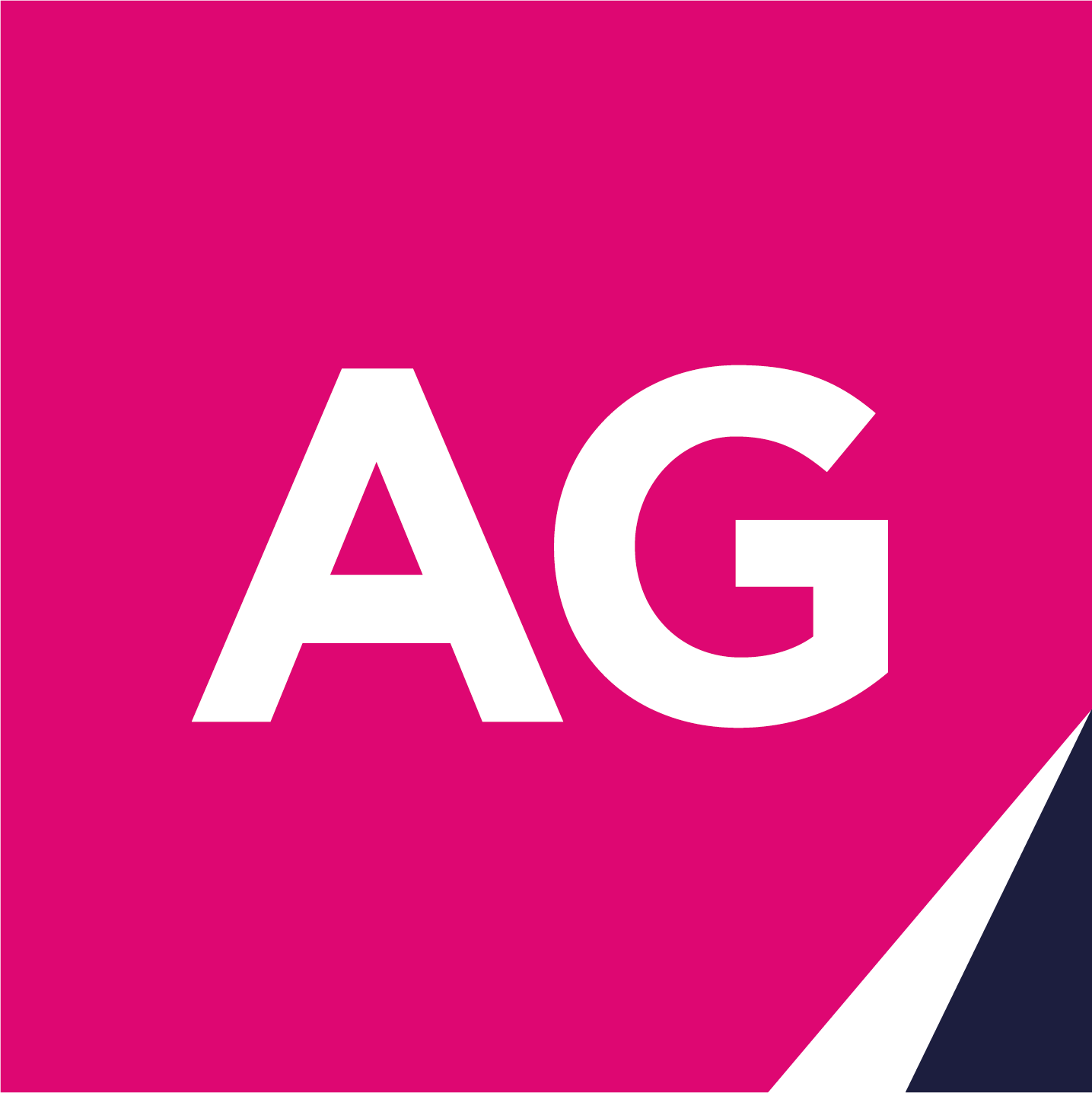
CHANGES TO THE HIGH-INCOME CHILD BENEFIT TAX CHARGE
Released On 5th Jul 2024
The Chancellor, Jeremy Hunt, announced in his Spring Budget on 6 March the decision to increase the high income child benefit charge threshold to £60,000 from 6 April 2024. If you have previously elected not to receive child benefit payments to avoid the charge, you may wish to consider whether you should begin claiming payments again. This article explains more.
The high income child benefit charge was introduced in January 2013 to claw back child benefit payments where an individual, or their partner, had adjusted income in excess of £50,000.
Regardless of who in a couple receives the benefit payments, or whose child the payments are made for, the charge will be calculated based on the adjusted income of the higher-income partner. A couple includes two people who are living together as if they are married or in a civil partnership, as well as those who are legally married (or in a civil partnership) unless they are separated.
Until 5 April 2024, child benefit payments would be withdrawn at a rate of 1% for every £100 earned by the higher-income partner over £50,000 for a tax year. For those with an income of £60,000 or more, the child benefit payments would be fully withdrawn.
What is my adjusted net income?
An individual’s adjusted net income is their total taxable income before any allowances, but after a deduction for certain tax reliefs such as:
- Pension contributions paid gross (before tax relief)
- Pension contributions where your pension provider has already given you tax relief at the basic rate (you need to deduct the ‘grossed-up’ amount)
- Gift Aid donations
- Trading losses
At Albert Goodman, our personal tax team can help you to determine your adjusted net income if you are unsure. In addition, HMRC have published detailed guidance on the calculation of adjusted net income on the gov.uk website.
What are the new changes?
From 6 April 2024, the adjusted income threshold at which child benefit payments will begin to be withdrawn, increased to £60,000. Payments will now be withdrawn at a rate of 1% for every £200 earned by the higher-income partner. Therefore, child benefit payments will only be fully withdrawn once adjusted income exceeds £80,000.
Until 6 April 2024 the £50,000 threshold had remained at the same level since it was introduced. It is thought that the recent changes are an attempt to bring the scope of this charge closer to original policy intent.
How do these changes affect me?
If your adjusted income is less than £50,000, there will be no changes as a result of the new rules.
If your adjusted income is above £50,000 a year, you may have taken the decision in the past to opt out of receiving the child benefit payments or decided not to register for child benefit at all. This may have been because you knew your payments would be fully withdrawn, or because you did not want to have to complete an annual tax return to report and calculate the charge.
If you previously opted out, and your income is less than £80,000, you may now wish to considering opting in again or, if you haven’t previously registered for child benefit, you may now wish to start a claim for the first time. This is because if your income is less than £60,000 you will no longer have to pay back any child benefit you receive – or if your income is between £60,000 and £80,000 you may not have to pay it back in full.
However, it is important to note that if your adjusted income is more than £60,000 you will need to complete a tax return to report the high income child benefit charge if you do decide to claim the payments.
You can find details of how to opt back in or register on the gov.uk website.
Finally, if your adjusted income is above £80,000, in some circumstances it may still be worthwhile registering, even if you decide to opt out of payments. For example, you may get National Insurance Credits which could be advantageous if your partner is a non-earner. It will also ensure your child is registered to receive an NI number shortly before they turn 16.
Child benefits, the definition of a ‘partner’, quantifying the adjusted income, and determining whether a claim should be made can be complex. Further changes are expected to the child benefit landscape in the future. Furthermore, there may be steps that you can take now to reduce your adjusted net income and retain a child benefit, such as making additional pension contributions or equalising income streams.
Therefore we would recommend that you get in touch with us to discuss your options and how the new thresholds may impact you before making a decision. This article is not investment advice, and should not be relied upon to make decisions about your financial position. If you have any questions please contact your AGFP contact or one of the tax team.






